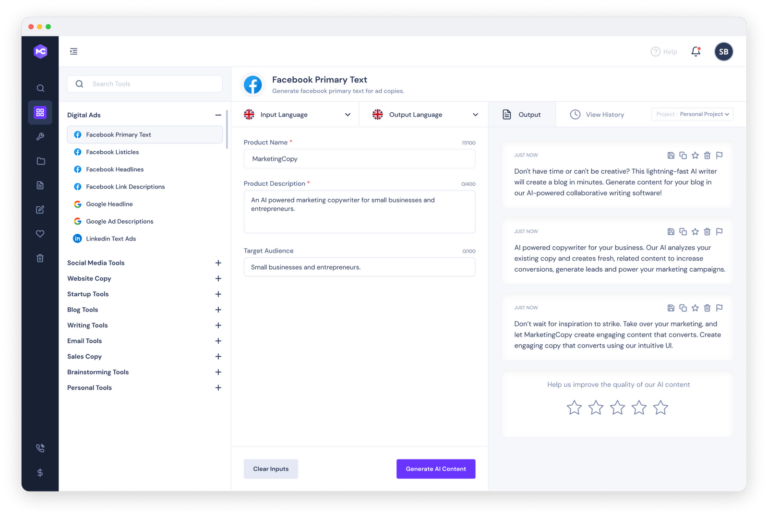How Do Food Banks Work And Why Are They Important?
Food insecurity remains a pervasive problem in communities across the United States. On any given day, over 35 million people experience the uncertainty of where their next meal may come from. This includes millions of children, seniors, working families, and individuals facing financial hardship or other life challenges. Going without consistent access to nutritious food undermines health and well-being.
Sourcing Food Donations
Food banks have emerged as a critical resource in alleviating the effects of hunger. Operating regional distribution hubs, they work to efficiently collect, store, and channel food into the communities that need it most. By acting as liaisons between large-scale donors and local non-profits serving people in need, food banks are uniquely positioned to address gaps and strengthen the emergency food system. Through strategic planning, logistics coordination, and fostering collaborations, these organizations strive to maximize community impacts with every donated pound of food. Their efforts aim to not only meet immediate dietary needs, but also further long-term solutions to food insecurity through partnerships, advocacy, and identifying its root causes.
Sorting, Storage, and Distribution
Once food arrives at the food bank warehouse, usually a large climate-controlled facility, sorting and storage processes begin. Staff and volunteers work diligently to properly separate everything into categories like produce, bread, canned goods, dairy, and more. From there, items are carefully stored on shelves in their proper temperature sections. Strict health protocols are followed to prevent contamination. Proper inventory rotation systems also ensure oldest products are distributed first before expiration dates. The sorted items are then packaged into orders and delivered to various partner agencies, like soup kitchens and pantries, within the community. Partner locations may include churches, schools, and local non-profits. These agencies directly provide food boxes to families and individuals in need.
Analyzing Community Needs
To best target resources, food banks thoroughly research levels of food insecurity within their coverage areas. Through tools like surveys, reports from partner agencies, and analysis of census data, they gain insights into why the need exists, what barriers prevent access, and what demographic groups are most impacted. For example, food banks may find higher rates of need exist in specific low-income neighborhoods or that transportation limitations impact rural areas. This type of information helps food banks improve local strategies, whether enhancing food access points, expanding mobile food pantries, or improving nutrition education programs.
Volunteer opportunities
Within the food bank warehouse, volunteers play a critical role in receiving, sorting, and packing food donations. The Food Bank of East Alabama volunteer opportunities include checking expiration dates, separating items by category like canned goods or produce, cleaning, repackaging bulk items, and ensuring orders are accurately packed for agencies. Volunteers help maximize the food bank’s capacity to collect, process, and redistribute huge volumes of donations.
Funding Operations
While food banks rely on food donations, running large-scale warehousing, delivery, and community programs requires substantial funding. Major costs include paying staff salaries, maintaining trucks and other vehicles, covering utilities and facility expenses, funding community programs, and purchasing some foods to ensure nutritional balance. Food banks raise money through individual donations, foundation grants, corporate sponsors, government programs, and annual fundraising events. This type of funding helps sustain their important mission of feeding people facing food crises.
To Wrap Up
As a critical community organization, food banks effectively address hunger challenges through strategic sourcing, large-scale storage and distribution models, and analyzing local needs. Their efforts not only provide short-term food assistance but help identify root causes and make long-term improvements. By supporting food banks through volunteer time, donations, or advocacy, individuals play a role in ensuring all community members can meet their basic nutritional needs for health and well-being, especially during difficult financial times. Together, a collaborative approach can help reduce food insecurity rates.






